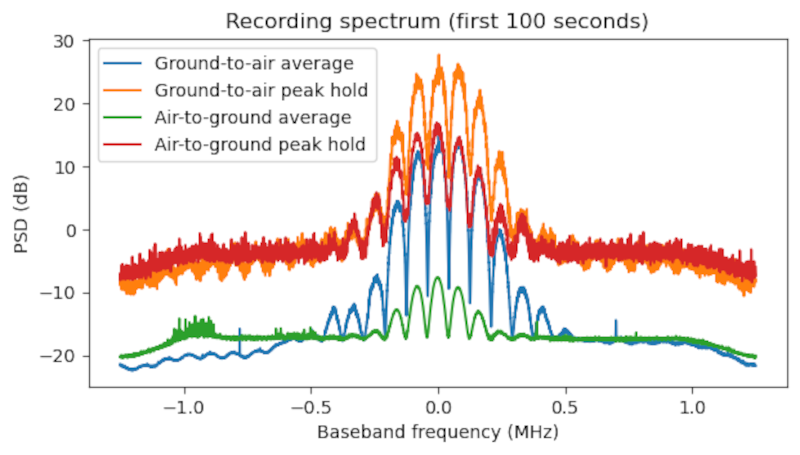Navigating aircraft today isn’t like the old days. No more arrows painted on a barn roof or rotating airway beacons. Now, there are a host of radio navigation aids. GPS, of course, is available. But planes often use VOR to determine a bearing to a known point and DME — distance measuring equipment — to measure the distance to that point. DME operates around 1000 MHz and is little more than a repeater. An airplane sends a pair of pulses, and times how long it takes for the DME to repeat them. [Daniel Estévez] has been monitoring these transmissions with a LimeSDR.
Like most repeaters, the DME transponders listen on one frequency and transmit on another. Those frequencies are 63 MHz apart. This poses a challenge for some types of SDRs which have limits on bandwidth.
The LimeSDR has two chains of onboard processing, but each is tied to its own ADC. No problem. Just split the antenna and feed the same signal to both ADCs. Problem solved. An LNA makes up for the splitter loss.
Once you have the signal, a GNU Radio setup can grab the data to do any final processing and recording. Analysis shows how DME sends 2,700 pulses per second no matter what. That’s because the transponder adjusts its squelch to make this true. When there isn’t much going on, the receiver will be squelched below the noise level and be very sensitive. However, if many aircraft are using the system, it will automatically adjust to only repeat the strongest pulses.
While this wasn’t trivial, it was much easier using modern SDR tools than it would have been when radios had to be built for specific purposes.
Want to see inside a real DME receiver? If you simulate the right pulses, you can convert a DME into a clock.















Please be kind and respectful to help make the comments section excellent. (Comment Policy)